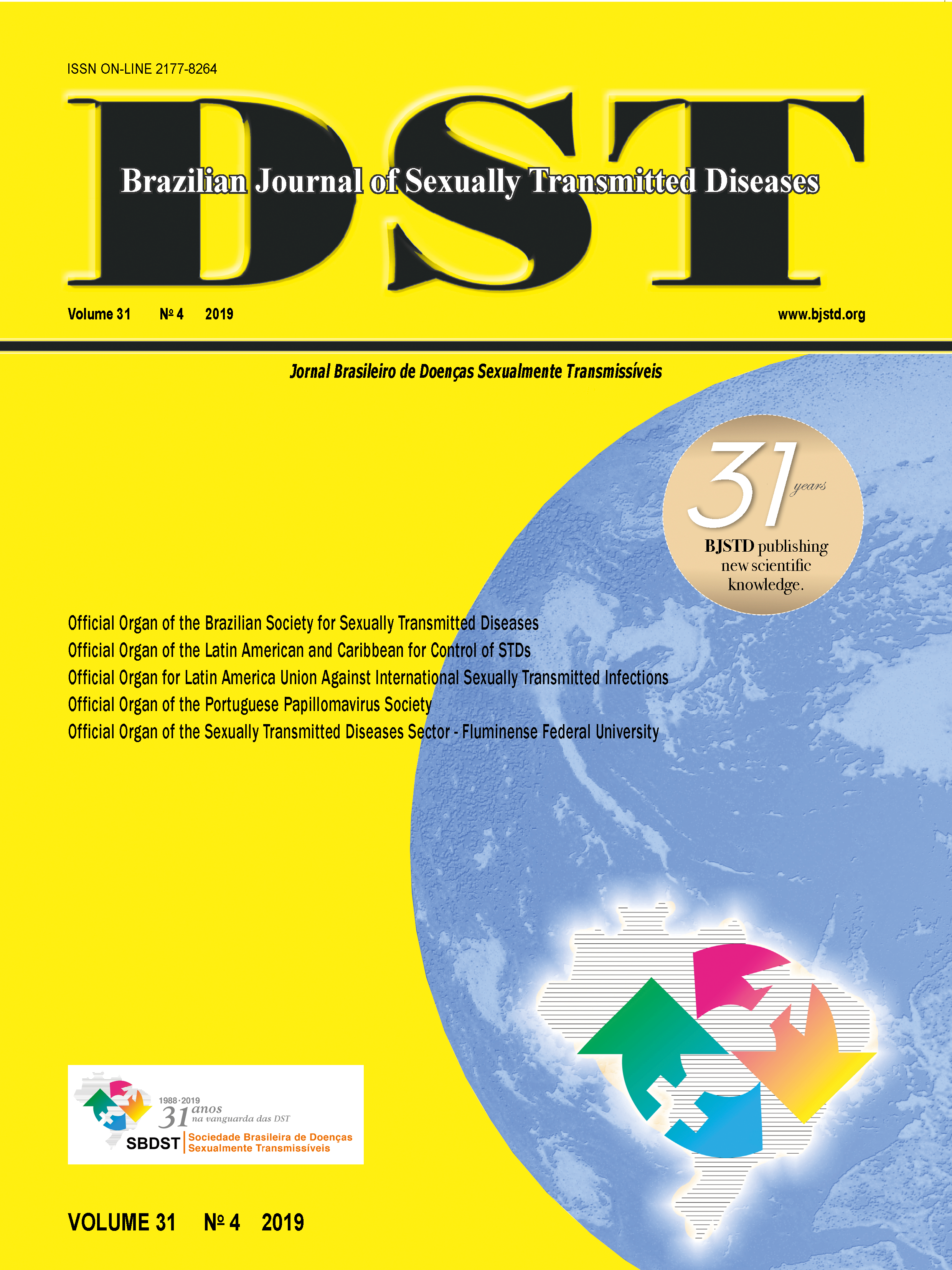Analysis of HIV/Aids notifications in a municipality of national health between 2007 and 2017
gender, age, race, schooling, neighborhood of origin, notifying units and treatment units
Keywords:
acquired immunodeficiency syndrome, HIV, disease notificationAbstract
Introduction: Both human immunodeficiency virus (HIV) infection and acquired immunodeficiency syndrome (AIDS) are part of the National List of Compulsory Notification of Diseases. Despite the compulsory reporting of HIV infection from 2014, there has been a drop in the detection of new cases in the last five years. Objective: Analyze the epidemiological data of HIV/AIDS case reports in the city of Passo Fundo, Rio Grande do Sul, from 2007 to 2017 in relation to gender, neighborhoods, notifying units and treatment units. Methods: Retrospective descriptive study, accomplished at the Health Surveillance Sector from the compulsory notifications available in the Information System of Notifiable Diseases (Sistema de Informação de Agravos de Notificação – SINAN). A spreadsheet was made in the Microsoft Excel® Program (2016). Data were analyzed using the SPSS® Program, descriptively through measures of prevalence, incidence and distribution. Results: There were 1,068 notifications. There was a predominance of males (55.5%) and in the age group from 27 to 43 years. Of the 31 notifying health units, three concentrated 95% of the cases: Specialized Care Service (74.7%); Hospital São Vicente de Paulo (16%); and Hospital das Clínicas of Passo Fundo (4%). The same three units concentrated 98.0% of the treatments: 88, 9 and 1%, respectively. The primary care accounted for 5.0% of the notifications. Conclusion: The higher prevalence in young adult men denotes the importance of prevention aimed at this audience. Notifications were mostly from hospitals and a public referral center, with little involvement of primary care in reporting HIV/AIDS.












